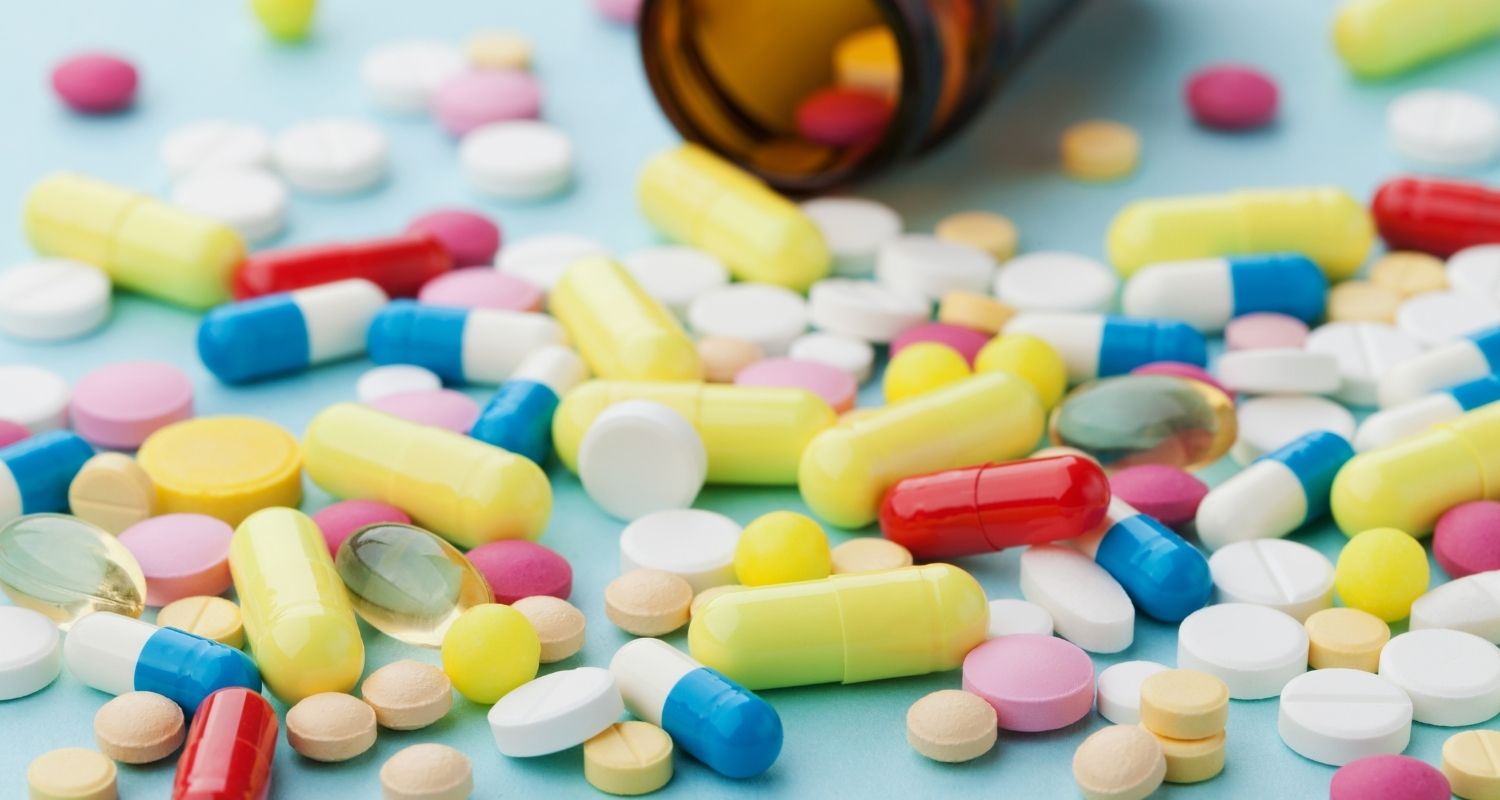The pharmaceutical industry is a critical component of global health care systems. It is composed of both public and commercial entities dedicated to the discovery, development, production, and marketing of pharmaceuticals. The pharmaceutical business is primarily focused on scientific research and the creation of medications to prevent and treat illnesses and disorders. Modern scientific and technical advancements have accelerated the development and commercialization of novel medications with enhanced therapeutic efficacy and fewer adverse effects. Molecular biologists, medicinal chemists, and pharmacists all seek to enhance the efficacy and specificity of medications.
Pharmaceutical manufacturing is the method through which pharmaceutical businesses create pharmaceutical medications on a large scale. The manufacturing process of drugs may be decomposed into a number of individual activities. The procedure may include milling, granulation, coating, and tablet pressing.
Steps For Manufacturing Pharmaceuticals
Continuous production occurs when raw materials and energy are continuously fed into the system while output items are extracted. The process’s success relies on the material flow rate’s steadiness. It is critical to feed powders consistently and precisely into subsequent processes since feeding is often the initial step in production. Feeders are intended for high-performance dependability, precise feed rate control, and low downtime.
Pharmaceutical manufacturing incorporates various non-active components into the final mix required to make the solid dosage form. The variety of materials that may be blended creates a plethora of factors that must be considered. These factors include the particle size distribution, the particle shape (spheres, rods, cubes, plates, etc. ), moisture, the roughness and cohesiveness of the particle surface, and the powder flow characteristics.
Milling is often necessary throughout the manufacturing process to reduce the average particle size of a medicine powder. This is for a variety of reasons, including increased homogeneity and dose consistency and increased solubility of the medicinal ingredient. Occasionally, repeated powder blending followed by milling is used to increase the mixes’ manufacturability.
Granulation might be considered the polar opposite of milling. Granules are formed when small particles are joined to produce bigger particles. Granulation is used in a range of applications. It prevents components from “demixing” in the combination by producing a granule with all of the elements in the proper amounts, improving the flow characteristics of powders and tablet compaction properties. Granulation may be classified into two broad categories: wet and dry.
Tools For Pharmaceutical Manufacturing
Pharmaceutical manufacturers must adhere to stringent criteria and production procedures. As a consequence, pharmaceutical production equipment must adhere to GMPs. Pharmaceutical production equipment is diverse and includes capsule filling machines, x-ray inspection systems, tablet punching machines, and spray drying accessories. Almost any process may be automated to achieve the highest production and formulation development precision. As a consequence of automation, each stage in the pharmaceutical production process involves a piece of pharmaceutical manufacturing equipment.
Compounding operations combine solid and liquid materials to create solutions, syrups, suspensions, pastes, and ointments. Compounding extremely hazardous compounds should be performed using contained process equipment and transfer systems. Workers may be exposed to buffering agents, detergents, and antiseptics. Eyewash stations and safety showers assist employees in avoiding injury if they come into touch with caustic or irritating chemicals. Because compounding areas have moist surfaces, employees must be protected from electrical risks caused by equipment and utilities. Insulating hot surfaces and keeping dry, non-slip flooring help reduce burns and falls. Safety equipment is equally critical to the pharmaceutical production process.
Considerations In Pharmaceutical Manufacturing
Numerous threats to worker health and safety exist during synthesis activities. They include the human handling of large items and equipment and the movement of machine components, pressurized equipment, and pipelines. Steam, hot liquids, heated surfaces, and excessive noise are all potentially harmful.

Workers may face chronic health hazards due to exposure to toxic substances during synthesis activities. Chemicals having serious health consequences may cause damage to the eyes and skin, are caustic or irritating to bodily tissues and can result in asphyxia or oxygen shortage. When chemicals with chronic health impacts are handled improperly, they might cause cancer or harm the liver, kidneys, lungs, or other organ systems. Implementing suitable control measures (for example, process changes, engineering controls, administrative procedures, and personal and respiratory protection equipment) assists in mitigating health and safety risks.
Organic synthesis processes may provide major process safety concerns due to the presence of highly flammable ingredients, fire, explosion, or uncontrolled chemical reactions that affect the surrounding community. Process safety may be somewhat complicated when it comes to chemical synthesis. Examining the kinetics of chemical reactions and the features of very dangerous substances contributes to safety. It is also beneficial to teach operational and engineering employees about disaster preparation and their reaction to the facility and the surrounding community. There are firms specializing in conducting process hazard analyses to mitigate the hazards associated with chemical synthesis processes. When producing medications, it is essential to take every care to guarantee the health and safety of employees.

